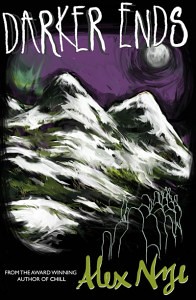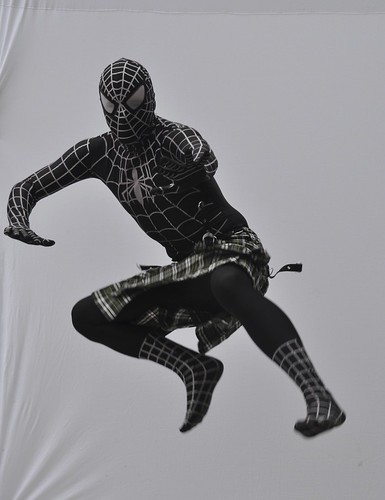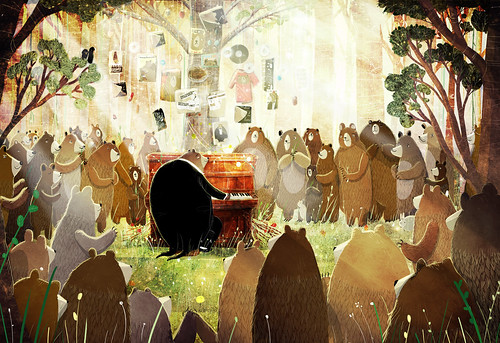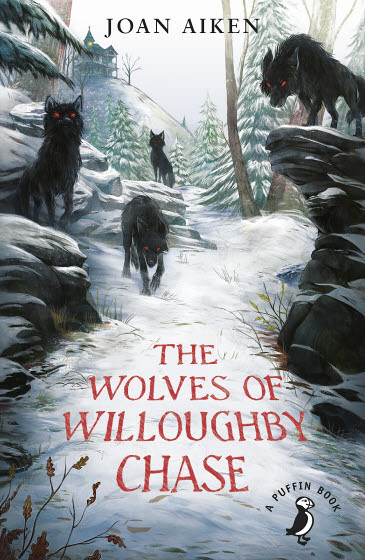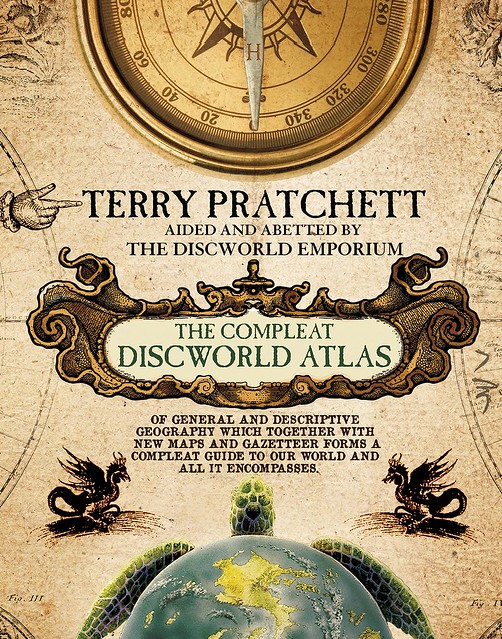I – sort of – missed it. The storm around Meg Rosoff the other week when she voiced her opinion on diversity in books, which so offended lots of people that they felt the need to become unpleasant about it.
I did see the link to the article in the Guardian. But I was so preoccupied with something else, that I remember looking at the article but not being able to decipher what it was saying, and deciding I’d get back to it later. Seems I didn’t, and with a memory like a colander I had forgotten this when the topic came up for discussion again.
Not wanting to look more of an idiot than strictly necessary, I Googled my way back to the storm, and that’s when I recognised I’d already been there. While I am on Twitter, I rarely tweet and even more rarely read what others are saying, and this is probably a blessing, as even friends who were formerly fervent fans of Twitter say they’ve had enough.
Whether or not you believe Meg was wrong to say what she said (that writers have the right to write what they feel like writing, and not what other people feel is needed to make life more equal), she should have the right to voice that opinion without being attacked.
It is possible to write a fairly good book on demand. But it will most likely never be quite as astoundingly good as some books that have developed inside the head of an author.
You know, once publishers recognise that simply because they’d like another Harry Potter, they can’t make it happen just by demanding it loudly enough. When they send out press releases saying what a great book they have to offer, it’s not going to be a more marvellous read because it’s on a ‘worthy’ topic.
I have reviewed aspie books because I feel they are important. Afterwards I have occasionally felt that maybe I should have left a particular book alone; that it was more its topic I approved of than that it was a genuinely lovely book.
There have been two occasions on Bookwitch where things have got a little unpleasant. One was to do with diversity, and I’d have been on the side of my attacker, had she not been so rude about it.
Yes, we could do with more books about black children, say. Malorie Blackman wrote the fantastic Noughts & Crosses novels, featuring main characters who are black. That doesn’t mean that all books about black people will be good.
I could ramble on, but I’d better stand aside and leave room for anyone who feels I’m wrong. I’d like to think I’m not wrong, but I know that many others will have opinions that differ from mine. We could all be right together. If we wanted to.

